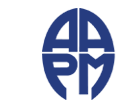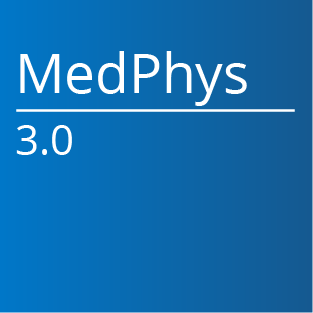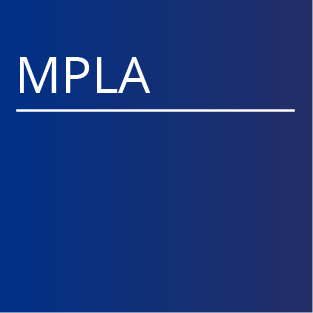AAPM has contracted with NCRP to provide each AAPM Member in good standing access and download privileges of electronically available NCRP reports, commentaries and statements. This report was prepared by the National Council on Radiation Protection and Measurements (NCRP). The Council strives to provide accurate, complete and useful information in its reports. However, neither the NCRP, the members of NCRP, other persons contributing to or assisting in the preparation of this report, nor any person acting on the behalf of any of these parties (a) makes any warranty or representation, express or implied, with respect to the accuracy, completeness or usefulness of the information contained in this report, or that the use of any information, method or process disclosed in this report may not infringe on privately owned rights; or (b) assumes any liability with respect to the use of, or for damages resulting from the use of, any information, method or process disclosed in this report.
 |
Report No. 127 - Operational Radiation Safety Program (1998) Price: $35 PDF (AAPM Members FREE) Category: Reports NCRP Report No. 59, Operational Radiation Safety Program, was published in 1978. That report provided the philosophy, basic principles and requirements for a radiation safety program. In the intervening years, there have been many new developments including: new NCRP recommendations for limiting exposure to ionizing radiation (NCRP Report No. 91 in 1987 which was superseded by NCRP Report No. 116 in 1993); new techniques for the measurement and control of exposures and the disposal of radioactive waste; and new applications for ionizing radiation and radioactive materials. These developments served as the Council's rationale for preparing the current Report which supersedes NCRP Report No. 59. Report No. 127 reiterates the basic principles for establishing and maintaining an effective operational radiation safety program. Relevant aspects of such a program are discussed including: facility design criteria, organizationaVmanagement issues, training, internal and external radiation control strategies, radioactive waste disposal, environmental monitoring, radiation safety instrumentation, and emergency response planning. Scientific Committee: Kenneth R. Kase, Chairman 15 experts from academia, industry and government |



















